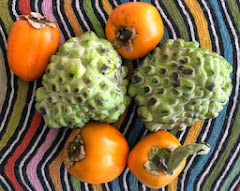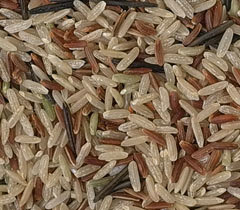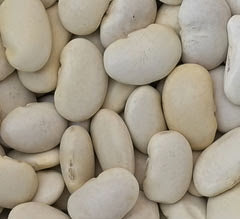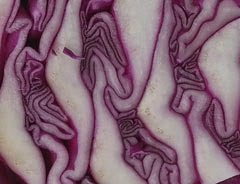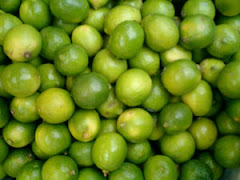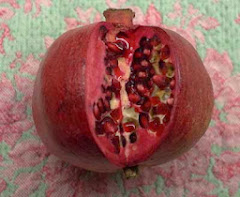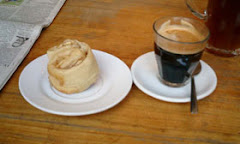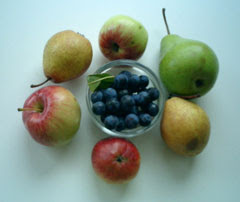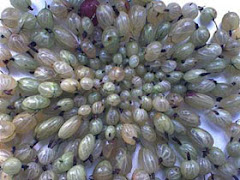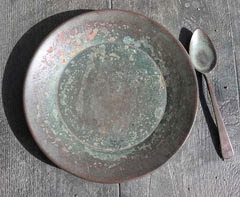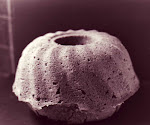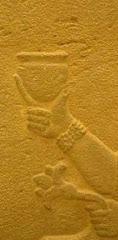It's Atherton nut time again. Athertonia diversifolia is a rainforest tree closely related to the macadamia. The proteaceae is endemic to north-east Queensland, but produces generously on the Mid North Coast of NSW. Nectar eating birds love the food tree.
The Atherton oak tree still has its name from a colonial pastoralist who associated it with the English oak back home. The Yidinji people
of north-east Queensland who most likely have cultured the nut have
their own name that might soon awake from the amnesia in the botanical
nomenclature.
The task is to get the seeds from the ground as quickly as possible. After spending some time admiring the colour/s and patterns, peel off the blue/white coat surrounding the shell. A very short time of airing the seeds and then cracking the woody seed with a hammer. The nut then has a tight coat like an almond. Pour some boiling water on them for a quick soak. Blanch like almonds.
The cripy white/ivory like nut is best consumed immediately. If they need to be stored, make sure they are dry and are kept in a sealed container in the fridge.
 |
The taste it is said is similar to macadamia. But the oral tactile sensation of chewing the fresh nut is nothing like a macadamia or almond. Both of these nuts are quickly reduced to a mush in the mouth, whereas the Athertonia nut has different stages of decomposition. The end result is reminiscent of coconut fiber. It is delicious and like no other nut.

Should you have to store the nut for some time it might be best to roast the nuts to regain their crispness.
The empty woody shells could make for decorative mulch or craft projects.
Jan and Ross made a cake with Athertonia nuts. It was most likely the first Atherton nut cake in the universe.



